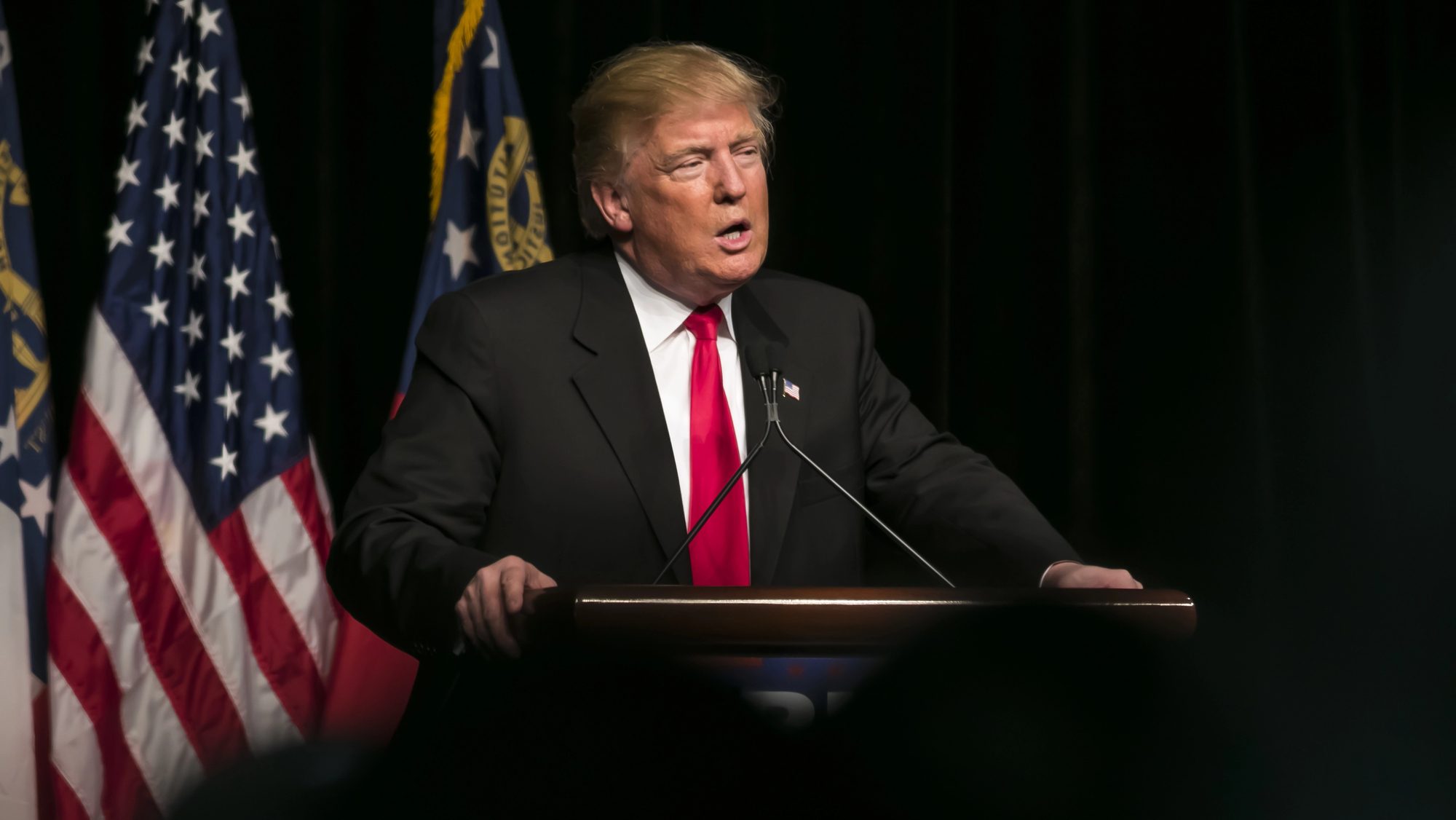CHINA: China has vowed to retaliate against the United States after President Donald Trump imposed a 10% tariff on imports from the world’s second-largest economy. The Chinese Ministry of Commerce has announced plans to file a lawsuit against the US at the World Trade Organization (WTO), calling the tariff a “serious violation” of international trade rules.
In a statement published in Bloomberg, Beijing warned it would take “corresponding countermeasures to firmly safeguard its own rights and interests”. Still, it did not specify what those measures might entail.
Tariff strategy expands to US allies
This latest move by the Trump administration is part of a broader escalation in trade tensions, not just with China but also with key US allies. The US recently imposed 25% tariffs on imports from Canada and Mexico, citing what President Trump described as their failure to prevent the flow of undocumented migrants and illegal drugs.
These tariffs, implemented just two weeks into Trump’s second term, point to his administration’s commitment to using trade as leverage against economic rivals and long-standing partners. They also reflect a shift towards aggressive economic nationalism, prioritising domestic interests over previously established alliances.
Canada and Mexico retaliate
Canada and Mexico responded immediately with countermeasures. Canada slapped 25% tariffs on C$155 billion (S$145 billion) worth of American-made products, while Mexico introduced its retaliatory tariffs.
Compared to these two countries, China has taken a slower approach, avoiding direct threats of immediate trade retaliation. Instead, its Foreign Ministry stated in a published Bloomberg article that such tariffs “will inevitably affect and undermine the future cooperation between the two sides on drug control.”
Analysts suggest that the differing tariff rates indicate Washington’s primary focus is on Canada and Mexico rather than China. “The trade negotiation between China and the US will be a long process,” said Zhiwei Zhang, president and chief economist at Pinpoint Asset Management.
Although the 10% levy is lower than the more extreme tariffs Trump had imposed on Mexico and Canada, it still poses a significant challenge for China. Bloomberg Economics estimates that an additional 10% tariff could slash Chinese goods exports to the US by 40%, jeopardizing 0.9% of China’s GDP.
More trade disruptions projected
With tensions escalating, further trade measures seem inevitable. President Trump has ordered a review of China’s compliance with a trade agreement struck during his first term, and the recommendations from that investigation are due by April 1.
According to Bloomberg, under President Xi Jinping, China’s government has pursued a cautious strategy emphasising dialogue and cooperation. However, in recent years, Beijing has developed new economic tools to counter U.S. trade aggression, making it better prepared for a second round of tariffs.
“The introduction of these tariffs marks a new phase of the trade war, expanding beyond China to include other nations,” said Gary Ng, senior economist at Natixis SA. This escalation suggests that the US is willing to pressure geopolitical rivals and key allies, potentially straining long-standing economic relationships.
China has multiple avenues for retaliation, including imposing reciprocal tariffs on US imports, restricting exports of critical raw materials, and limiting market access for certain American firms.
The future of global trade
The renewed trade conflict between the US, its allies, and China will likely reshape global economic dynamics. While Beijing remains restrained, its strategic preparations indicate it will not hesitate to respond forcefully if necessary. By broadening its trade disputes, Washington risks triggering a more fragmented global trading system, where retaliatory measures could further disrupt supply chains and economic stability.
As tensions mount, businesses and markets worldwide will closely watch how this new trade dispute unfolds. Only time will tell whether a full-blown economic confrontation can still be averted.
Featured image by Depositphotos (for illustration purposes only)

